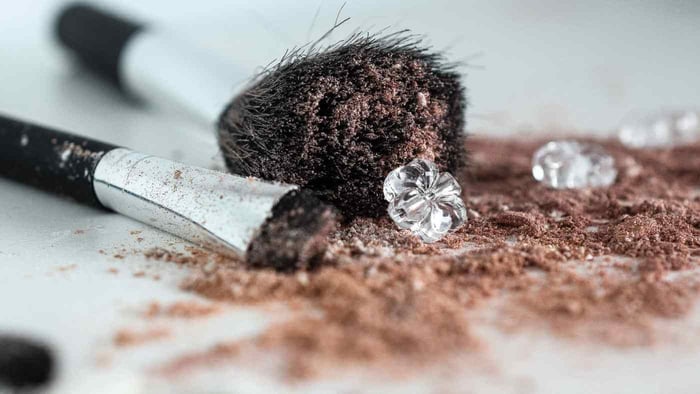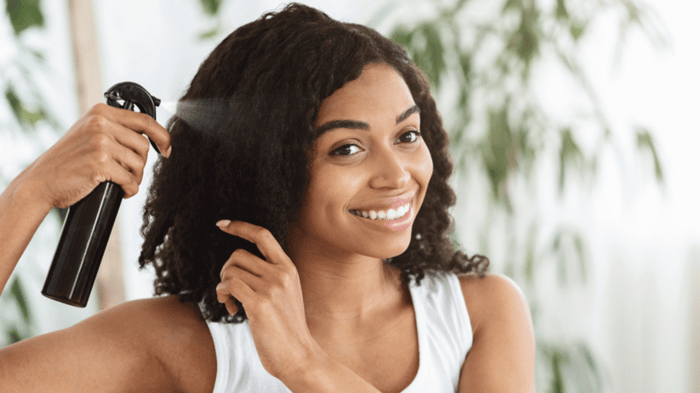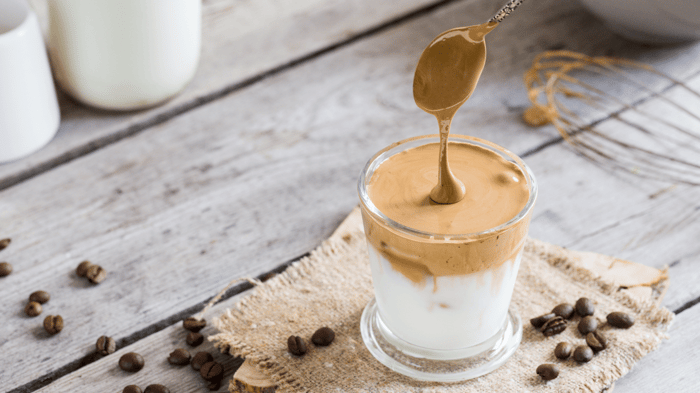By Hannah Kohut

If you’ve experienced the annoyance and embarrassment of bright red/purple, irritated, hot patches on your face that seem to come out of nowhere, welcome to the club. You probably have rosacea. Don’t worry, you’re in good company, as I suffer from this as well. In fact, according to the American Dermatology Association, more than 14 million people in America are living with rosacea.
Rosacea is a skin condition where the blood vessels in your face are overactive, causing flushing, blushing, heat, and occasionally small pimple-like bumps. While there is no cure for rosacea, there are many ways to keep the flare-ups under control.
While rosacea happens more frequently in middle-aged women, I was blessed with flare-ups beginning in my early 20s. The key to living with rosacea is to learn the triggers, how to suppress it, and the quickest way to make it go away.
What is Rosacea?

Rosacea happens when the blood vessels in your face dilate and allow excess blood flow close to the skin, and can sometimes make your skin warm or hot to the touch. You’ll notice it by its bright red color, sometimes with purple splotches. Occasionally, you’ll notice tiny pustules similar to pimples. It’s most common on your cheeks, but can appear anywhere on your face. Sometimes the blood vessels are visible, being either red or purple tinted.
Medically, there is no known cause of rosacea (other than triggered flare-ups), and it may or not be hereditary. It can happen anytime of the year, although it’s more common in the winter, since cold weather is a common trigger. Then again, the summer heat can also trigger a flare-up.
Basically, it’s a nuisance.
Types of Rosacea

Rosacea is not a blanket-condition. There are four types of rosacea, each with its own unique set of symptoms. They are:
Erythematotelangiectatic Rosacea
- Swollen, sensitive, burning skin
- Redness that lasts more than 10 minutes
Papulopustular Rosacea
- In addition to redness, pustules are visible
- Can be confused with an acne breakout
- Broken, visible blood vessels
Phymatous Rosacea
- Thickened, bumpy skin texture with enlarged pores
- Most common on the nose
- Generally affects men
Ocular Rosacea
- Rosacea around the eyes (particularly the eyelids)
- Red, swollen eyelids, often with a gritty feeling
- Dilated small blood vessels in whites of eyes
Common Rosacea Triggers

Adding insult to injury, some of your favorite foods, drinks, and even social situations are common triggers for rosacea flare-ups. By knowing your own specific triggers, you can better prepare for, prevent or greatly diminish potential flare-ups.
Common food and drink rosacea triggers include:
- Alcohol
- Chocolate
- Spicy food
- Tomato products
- Caffeine (coffee)
Other rosacea triggers can include:
- Nervousness (like in new social situations)
- Anxiety
- Stress
- Cold temperatures (try to keep skin covered from wind and cold)
- Hot temperatures and overheating from exercise
- Dehydration (dry skin)
For me, red wine is a big rosacea trigger. However, it’s more likely to happen when I am nervous or anxious and drinking red wine. If I am calm and relaxed while having a glass of wine, I am less likely to have a flare-up.
At-Home Rosacea Remedies

The good news is that flare-ups can be brought under control with relatively simple home remedies. Here are some of my favorite tricks to calm the redness:
- Chilled tea bags. Place chilled, wet chamomile or green tea bags on the redness.
- Aloe vera. Dab a bit of aloe vera gel on the affected areas.
- Raw honey. This has antibacterial and antiseptic properties that can help heal rosacea blemishes.
- Essential oils. Mix a couple drops of lavender or tea tree oil in your favorite moisturizer, or mix with a carrier oil like coconut or olive oil and smooth into the irritated skin.
- Milk. Cold milk from the fridge can soothe irritated rosacea skin. Soak a cotton ball or paper towel in cold milk and apply to the affected area.
- Oatmeal. Simply mix oatmeal with water (or milk of your choice) until a paste has formed. Smooth over the affected areas until the redness and heat have diminished, then rinse with cool water.
- Cucumbers. Slice and chill some cucumbers and apply to the affected skin.
Rosacea Skincare Products that Work

Over the years, I have used more rosacea skincare products than I can count, and have found several affordable products that really work! Ingredients you’ll want to look for include feverfew, chamomile, and probiotics.
Here are a few of my favorite products for rosacea:
- Aveeno Ultra-Calming Foaming Cleanser and it’s partner in crime, Aveeno Ultra-Calming Daily Facial Moisturizer. They are affordable, easy to find, and just plain work, thanks to feverfew, which is wonderful for calming the skin. They are also a great one-size-fits-all for just about any skin type, from dry to oily.
- IT Cosmetics CC+ Cream. I cannot (can NOT) sing enough praises of this product. In fact, IT Cosmetics founder Jamie Kern-Lima developed this product for her own rosacea coverage! And let me tell you, it works! You get full coverage of existing redness along with the benefits of hydrolyzed collagen, peptides, hyaluronic acid, antioxidants, and vitamins.
- pHat Manuka Honey Rosacea Lotion. I like this one in that the manuka honey (with its natural antibacterial properties) gently treats blemishes that can come with rosacea, without causing irritation.
Skincare Ingredients to Avoid

Not all skincare products are friendly for rosacea. A few you will want to avoid (at least on the affected areas of skin) include:
- Retinoids
- Acne treatments, such as salicylic acid
- Alcohol-based toners
- Witch hazel
- Rough exfoliants
- Niacin
- Peppermint and eucalyptus oils
Professional Rosacea Treatments

Sometimes, rosacea can also become a serious, more permanent skin issue. In some cases, it’s not as simple as a come-and-go flare-up. The redness, visible blood vessels, thickened skin, and bumps can linger long-term, and in these cases, it’s best to seek professional dermatological treatment.
Laser therapy is a popular go-to for moderate to severe rosacea treatment. Intense pulsed light (IPL) therapy can lighten the darkened blood vessels and visible redness of the surrounding skin. Laser resurfacing therapy can also help resurface the skin, eliminating or greatly diminishing thickened skin and bumps.
It takes a bit of trial and error, but almost every case of rosacea can be brought under control. So don’t let it get you down. We would love to hear some of your rosacea fixes in the comments!




